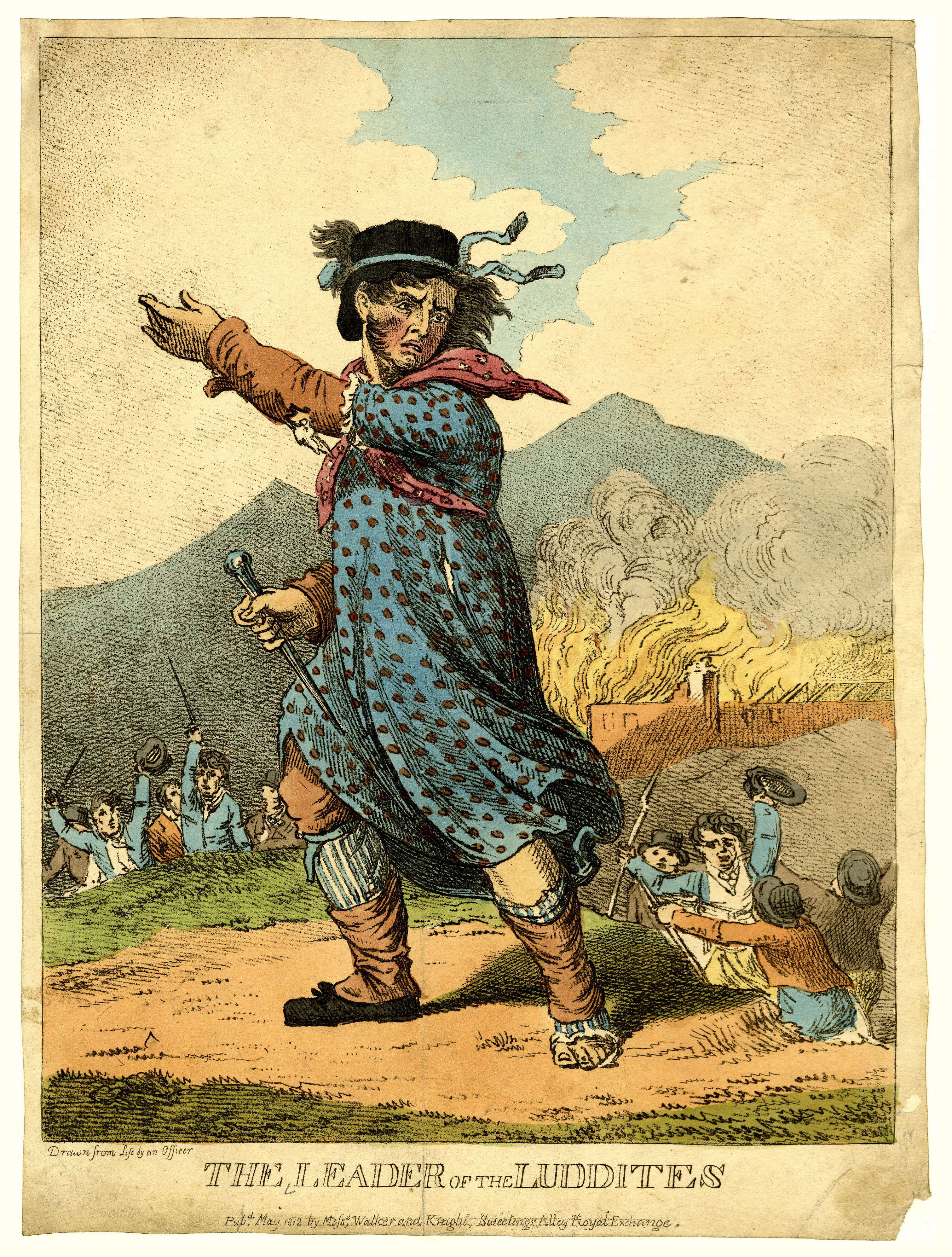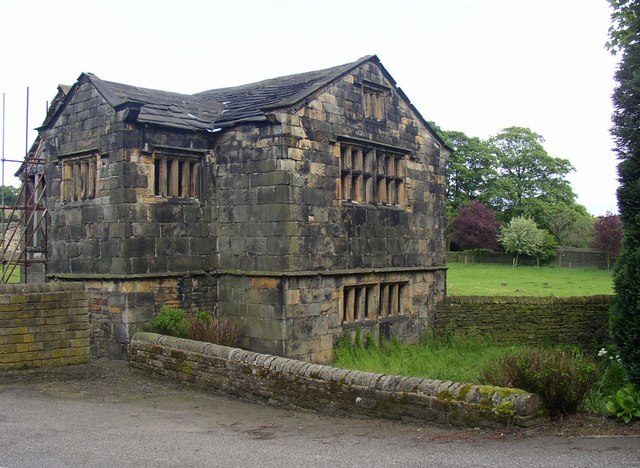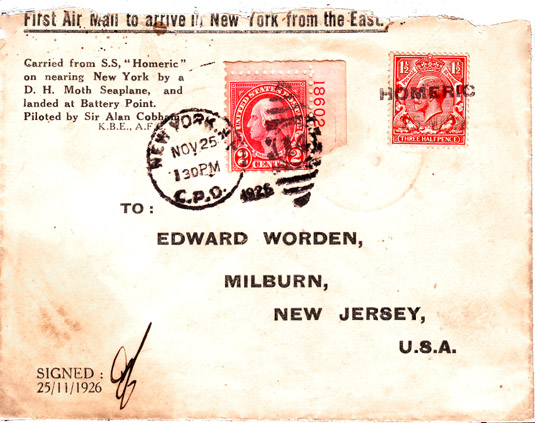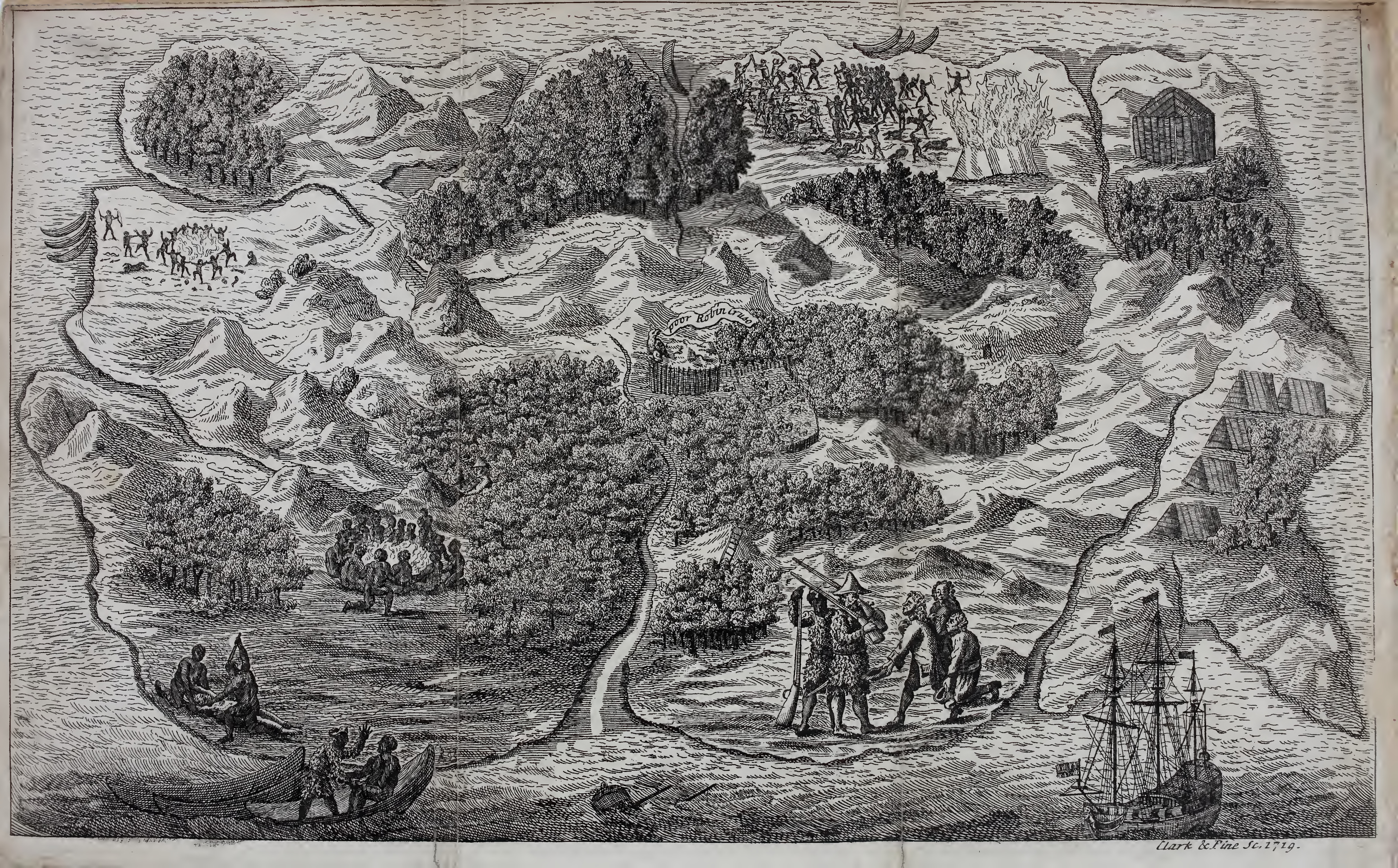|
Clifton, West Yorkshire
Clifton is a small village, near Brighouse, in the metropolitan borough of Calderdale in West Yorkshire, England. History Clifton is mentioned as ''Cliftone'' in the Domesday book The entry reads ‘In Cliftone Escelf has seven carucates of land…where four ploughs may be…’The manor was one of two hundred manors granted by William the Conqueror to the Norman noble, Ilbert de Laci. The early Lords of the Manor lived at Clifton Hall (which was down Well Lane) and Cross Hall (later called Highley Hall). Remnants of the early ‘strip’ farming remain in the fields known as ‘The Acres’.. The parish was recorded on 1 July 1837 as part of the Halifax Registration District. It was abolished as a distinct parish on 1 April 1937 and merged with the neighbouring parishes of Brighouse, Cleckheaton, and Liversedge, the village of Clifton becoming part of the Borough of Brighouse. The borough was abolished in 1974 when it became part the metropolitan borough of Calderdale. Governan ... [...More Info...] [...Related Items...] OR: [Wikipedia] [Google] [Baidu] |
Calderdale
Calderdale is a metropolitan borough of West Yorkshire, England, whose population in 2020 was 211,439. It takes its name from the River Calder, and dale, a word for valley. The name Calderdale usually refers to the borough through which the upper river flows, while the actual landform is known as the Calder Valley. Several small valleys contain tributaries of the River Calder. Calderdale covers part of the South Pennines, and the Calder Valley is the southernmost of the Yorkshire Dales, though it is not part of the Yorkshire Dales National Park. The borough was formed in 1974 by the merger of six local government districts, from east to west Brighouse, Elland, Halifax, Sowerby Bridge, Hebden Bridge and Todmorden. Mytholmroyd, together with Hebden Bridge, forms Hebden Royd. Halifax is the commercial, cultural and administrative centre of the borough. Calderdale is served by Calderdale Council, which is headquartered in Halifax, with some functions based in Todmorden. History ... [...More Info...] [...Related Items...] OR: [Wikipedia] [Google] [Baidu] |
Filling Station, Wakefield Road (A644), Clifton - Geograph
*
{{disambig ...
Filling may refer to: * a food mixture used for stuffing * Frosting used between layers of a cake * Dental restoration * Symplectic filling, a kind of cobordism in mathematics * Part of the leather crusting process See also * Fill (other) Fill may refer to: * Fill dirt, soil added to an area ** Fill (archaeology), the material that has accumulated or has been deposited into a cut feature such as ditch or pit ** Fill (land), dirt, rock or other material added to level or raise the ... [...More Info...] [...Related Items...] OR: [Wikipedia] [Google] [Baidu] |
Luddite
The Luddites were a secret oath-based organisation of English textile workers in the 19th century who formed a radical faction which destroyed textile machinery. The group is believed to have taken its name from Ned Ludd, a legendary weaver supposedly from Anstey, near Leicester. They protested against manufacturers who used machines in what they called "a fraudulent and deceitful manner" to get around standard labour practices. Luddites feared that the time spent learning the skills of their craft would go to waste, as machines would replace their role in the industry. Many Luddites were owners of workshops that had closed because factories could sell the same products for less. But when workshop owners set out to find a job at a factory, it was very hard to find one because producing things in factories required fewer workers than producing those same things in a workshop. This left many people unemployed and angry. The Luddite movement began in Nottingham in England and cu ... [...More Info...] [...Related Items...] OR: [Wikipedia] [Google] [Baidu] |
Strip Farming
Strip cropping is a method of farming which involves cultivating a field partitioned into long, narrow strips which are alternated in a crop rotation system. It is used when a slope is too steep or when there is no alternative method of preventing soil erosion. The most common crop choices for strip cropping are closely sown crops such as hay, wheat, or other forages which are alternated with strips of row crops, such as corn, soybeans, cotton, or sugar beets. The forages serve primarily as cover crops. In certain systems, strips in particularly eroded areas are used to grow permanent protective vegetation; in most systems, however, all strips are alternated on an annual basis. Dimensions Widths of strips are determined by a number of factors, with the two most important being the average wind velocity in a specific site and the features of the slope, particularly the gradient. Each strip typically ranges from 25 feet (7.6 m) to 75 feet (23 m) in width, but certain conditions may ... [...More Info...] [...Related Items...] OR: [Wikipedia] [Google] [Baidu] |
Charlotte Brontë
Charlotte Brontë (, commonly ; 21 April 1816 – 31 March 1855) was an English novelist and poet, the eldest of the three Brontë sisters who survived into adulthood and whose novels became classics of English literature. She enlisted in school at Roe Head in January 1831, aged 14 years. She left the year after to teach her sisters, Emily and Anne, at home, returning in 1835 as a governess. In 1839, she undertook the role of governess for the Sidgwick family, but left after a few months to return to Haworth, where the sisters opened a school but failed to attract pupils. Instead, they turned to writing and they each first published in 1846 under the pseudonyms of Currer, Ellis, and Acton Bell. Although her first novel, '' The Professor'', was rejected by publishers, her second novel, ''Jane Eyre'', was published in 1847. The sisters admitted to their Bell pseudonyms in 1848, and by the following year were celebrated in London literary circles. Charlotte Brontë was the ... [...More Info...] [...Related Items...] OR: [Wikipedia] [Google] [Baidu] |
Robin Hood
Robin Hood is a legendary heroic outlaw originally depicted in English folklore and subsequently featured in literature and film. According to legend, he was a highly skilled archer and swordsman. In some versions of the legend, he is depicted as being of noble birth, and in modern retellings he is sometimes depicted as having fought in the Crusades before returning to England to find his lands taken by the Sheriff. In the oldest known versions he is instead a member of the yeoman class. Traditionally depicted dressed in Lincoln green, he is said to have robbed from the rich and given to the poor. Through retellings, additions, and variations, a body of familiar characters associated with Robin Hood has been created. These include his lover, Maid Marian, his band of outlaws, the Merry Men, and his chief opponent, the Sheriff of Nottingham. The Sheriff is often depicted as assisting Prince John in usurping the rightful but absent King Richard, to whom Robin Hood remains loy ... [...More Info...] [...Related Items...] OR: [Wikipedia] [Google] [Baidu] |
Kirklees Hall
Kirklees Hall is a 16th-century Grade I listed Jacobean hall, close to the English village of Clifton in Calderdale, West Yorkshire. The first evidence of a hall constructed at Kirklees was that of Sir Thomas Gargrave, who conveyed the property to the Pilkington family. After the estate was acquired by the up-and-coming Armytage family, the stone built hall was altered c.1770 by John Carr for the Sir George Armytage, 3rd Baronet. The Armytage family went on to occupy the hall for several generations. Lady Armytage (d: 2008 aged 81), sold the property in 1983 and moved into Priory Gardens a property she built within Kirklees Park estate adjacent to Old Farm (formerly Low Hall) and the Kirklees Priory site. The former gatehouse part of the Old Farm (Low Hall) complex can still be seen, though the site is on private land and has no public access. Kirklees Hall and grounds designed after Francis Richardson are now a collection of luxury residences set in 18 acres and are annexe ... [...More Info...] [...Related Items...] OR: [Wikipedia] [Google] [Baidu] |
Alan Cobham
Sir Alan John Cobham, KBE, AFC (6 May 1894 – 21 October 1973) was an English aviation pioneer. Early life and family As a child he attended Wilson's School, then in Camberwell, London. The school relocated to the former site of Croydon Airport in 1975. In the summer of 1922 he married Gladys Lloyd, and subsequently they had two sons, Geoffrey (b.1925) and Michael (b.1927). After National Service and a short career at the Bar, Michael Cobham followed him into the Flight Refuelling business, and for many years was in charge of it. Lady Cobham died in 1961 aged 63. Career Alan Cobham began work as a teenage commercial apprentice in the City of London. He enjoyed the outdoors, and after completing his apprenticeship spent a year working on his uncle's farm, hoping to make a career in estate management. After a brief return to London commercial work, in August 1914 he joined the British Army, being directed to the Royal Army Veterinary Corps due to his farming experience. ... [...More Info...] [...Related Items...] OR: [Wikipedia] [Google] [Baidu] |
Calder And Hebble Navigation
The Calder and Hebble Navigation is a broad inland waterway, with locks and bridgeholes that are suitable for boats, in West Yorkshire, England. Construction to improve the River Calder and the River Hebble began in 1759, and the initial scheme, which included of new cuts, was completed in 1770 and has remained navigable since it was opened. Significant improvements were made, including the Salterhebble branch to Halifax, opened in 1828, and ever-longer cuts to bypass river sections. Trade was assisted by the opening of the Rochdale Canal in 1804, which provided a through route from Sowerby Bridge to Manchester. There were plans to abandon the river sections completely in the 1830s, but these were modified as the needs of mill owners and other riparian landowners were recognised. With the coming of the railways, the canal was leased to the Manchester and Leeds Railway in 1843, but this was subsequently deemed to be illegal, and the Aire and Calder Navigation with which the ... [...More Info...] [...Related Items...] OR: [Wikipedia] [Google] [Baidu] |
Gravity Railroad
A gravity railroad (American English) or gravity railway (British English) is a railroad on a slope that allows cars carrying minerals or passengers to coast down the slope by the force of gravity alone. The speed of the cars is controlled by a braking mechanism on one or more cars on the train. The cars are then hauled back up the slope using animal power, a locomotive or a stationary engine and a cable, a chain or one or more wide, flat iron bands. A much later example in California used steam engines to pull gravity cars back to the summit of Mt. Tamalpais. The typical amusement park roller coaster is designed from gravity railroad technology based on the looping track incorporated into the second railroad of the United States, the Mauch Chunk & Summit Hill Railroad, which remained in operation for decades as a tourist ride after it was withdrawn from freight service hauling coal. Types of gravity railroad Some gravity railroads were designed to allow the weight of the desc ... [...More Info...] [...Related Items...] OR: [Wikipedia] [Google] [Baidu] |
Robinson Crusoe
''Robinson Crusoe'' () is a novel by Daniel Defoe, first published on 25 April 1719. The first edition credited the work's protagonist Robinson Crusoe as its author, leading many readers to believe he was a real person and the book a travelogue of true incidents. Epistolary, confessional, and didactic in form, the book is presented as an autobiography of the title character (whose birth name is Robinson Kreutznaer) – a castaway who spends 28 years on a remote tropical desert island near the coasts of Venezuela and Trinidad, roughly resembling Tobago, encountering cannibals, captives, and mutineers before being rescued. The story has been thought to be based on the life of Alexander Selkirk, a Scottish castaway who lived for four years on a Pacific island called "Más a Tierra" (now part of Chile) which was renamed Robinson Crusoe Island in 1966. Despite its simple narrative style, ''Robinson Crusoe'' was well received in the literary world and is often credited as ma ... [...More Info...] [...Related Items...] OR: [Wikipedia] [Google] [Baidu] |
Daniel Defoe
Daniel Defoe (; born Daniel Foe; – 24 April 1731) was an English writer, trader, journalist, pamphleteer and spy. He is most famous for his novel ''Robinson Crusoe'', published in 1719, which is claimed to be second only to the Bible in its number of translations. He has been seen as one of the earliest proponents of the English novel, and helped to popularise the form in Britain with others such as Aphra Behn and Samuel Richardson. Defoe wrote many political tracts, was often in trouble with the authorities, and spent a period in prison. Intellectuals and political leaders paid attention to his fresh ideas and sometimes consulted him. Defoe was a prolific and versatile writer, producing more than three hundred works—books, pamphlets, and journals — on diverse topics, including politics, crime, religion, marriage, psychology, and the supernatural. He was also a pioneer of business journalism and economic journalism. Early life Daniel Foe (his original name) was probabl ... [...More Info...] [...Related Items...] OR: [Wikipedia] [Google] [Baidu] |
%2C_Clifton_-_geograph.org.uk_-_1211468.jpg)







.jpg)